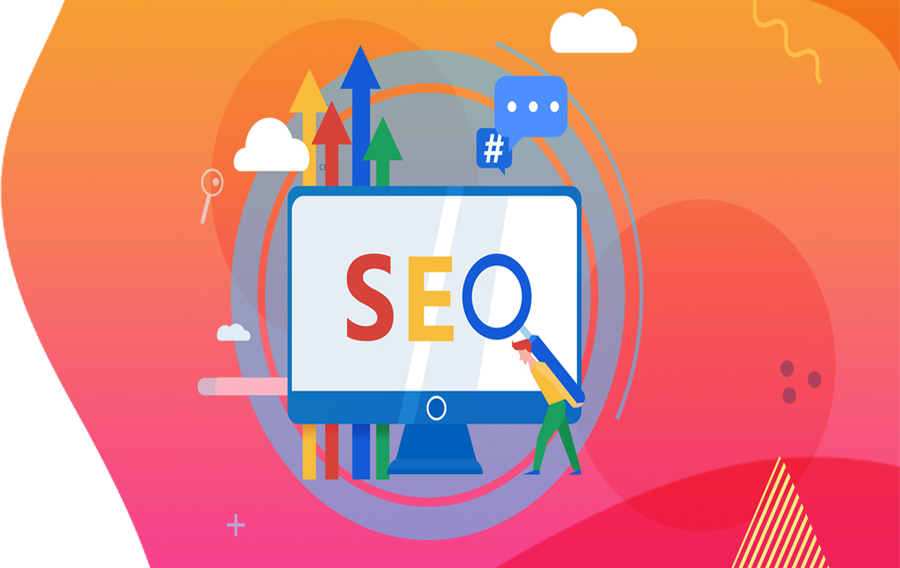SEO
SEO is a marketing rule focused on emerging visibility in organic (unpaid) search engine results. SEO enclose both the technical and creative sections required to boost rankings, drive traffic, and increase comprehension in search engines. There are numerous features to SEO, from the words on your page to the way other sites link to you on the web. irregularly SEO is simply a matter of making sure your site is structured in a way that search engines understand.
Why does my website need SEO?
The major part of web traffic is driven by the major commercial search engines, Google, Bing, and Yahoo!. while social media and other types of traffic can originate visits to your website, search engines are the primary technique of navigation for most Internet users. This is true whether your site gives content, services, products, information, or just regard anything else.
Search engines are special in that they furnish targeted traffic—people focus for what you offer. Search engines are the roadways that make this happen. If search engines cannot find your site, or add your content to their databases, you miss out on unbelievable chances to drive traffic to your site.
PPC
Pay-per-click (PPC), is an internet advertising model used to straight traffic to websites, in which an advertiser pays a website proprietor or a network of websites when the ad is clicked.
Pay-per-click is routinely related with first-tier search engines (such as Google AdWords and Microsoft Bing Ads). With search engines, advertisers typically bid on keyword phrases pertinent to their target market. In difference, content sites commonly charge a stable rate per click rather than use a bidding structure. PPC "display" advertisements, also called as "banner" ads, are shown on web sites with link with content that have agreed to show ads and are usually not pay-per-click advertising. Social networks such as Facebook and Twitter have also embraced pay-per-click as one of their advertising specimens.
but, websites can offer PPC ads. Websites that use PPC ads will show an advertisement when a keyword question matches an advertiser's keyword list that has been attach in different ad groups, or when a content site shows apropos content. Such advertisements are called subsidized links or sponsored ads, and materialize adjacent to, above, or beneath organic results on search engine results pages, or anywhere a web developer select on a content site.
SMO
social media optimization mention to optimizing a website and its content to inspire more users to use and share links to the website covering social media and networking sites. SMO also concern to software tools that automate this process, or to website experts who undertake this process for clients.
Social media optimization is also a productive way of executing online reputation management (ORM), meaning that if someone posts bad reviews of a occupation, a SMO strategy can ensure that the negative feedback is not the first link to come up in a list of search engine results
Social media optimization is becoming an progressively significant element in search engine optimization, which is the task of designing a website in a way so that it has as high a ranking as viable on search engines
Social media optimization is in many ways connected to the art of viral marketing or "viral seeding" where word of mouth is created through the use of networking in social bookmarking, video and photo sharing websites.
EMAIL MARKETING
Email marketing is the act of sending a commercial message, typically to a class of people, using email. In its wide sense, every email sent to a likely or current customer could be contemplate email marketing. It usually necessitate using email to send advertisements, appeal business, or request sales or contribution, and is meant to build faithfulness, trust, or brand appreciation.
Marketing emails can be sent to a acquired lead list or a current customer database. The term usually refers to sending email messages with the motive of increasing a merchant's connection with current or previous customers, inspiring customer loyalty and repeat business, acquiring new customers or persuading current customers to purchase something instantly, and sharing third-party ads.

